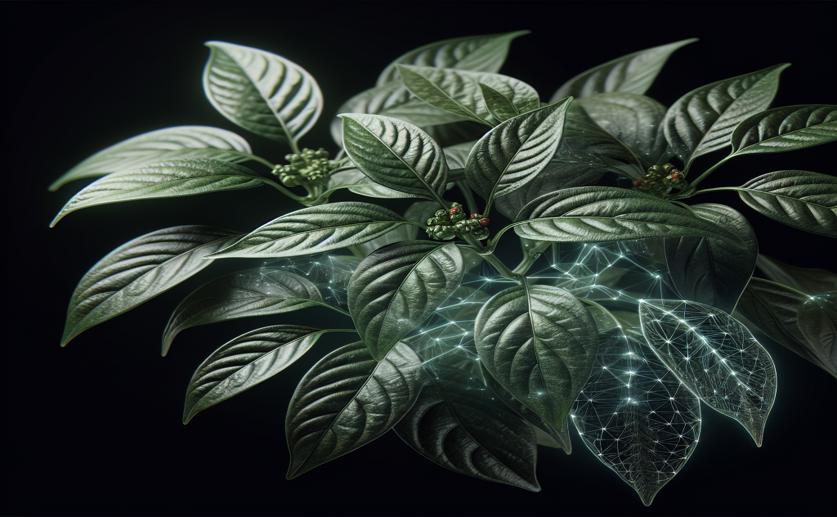
Detecting Black Pepper Plant Diseases Early with AI Technology
Greg Howard
18th January, 2024

Image Source: Natural Science News, 2024
References
Main Study
1) Early stage black pepper leaf disease prediction based on transfer learning using ConvNets.
Published 16th January, 2024
https://doi.org/10.1038/s41598-024-51884-0



 16th January, 2024 | David Palenski
16th January, 2024 | David Palenski